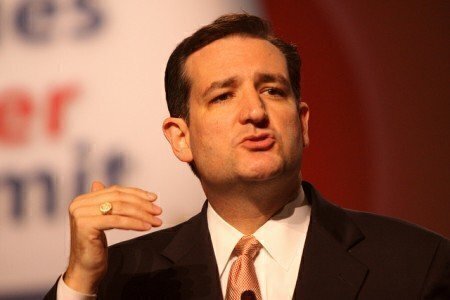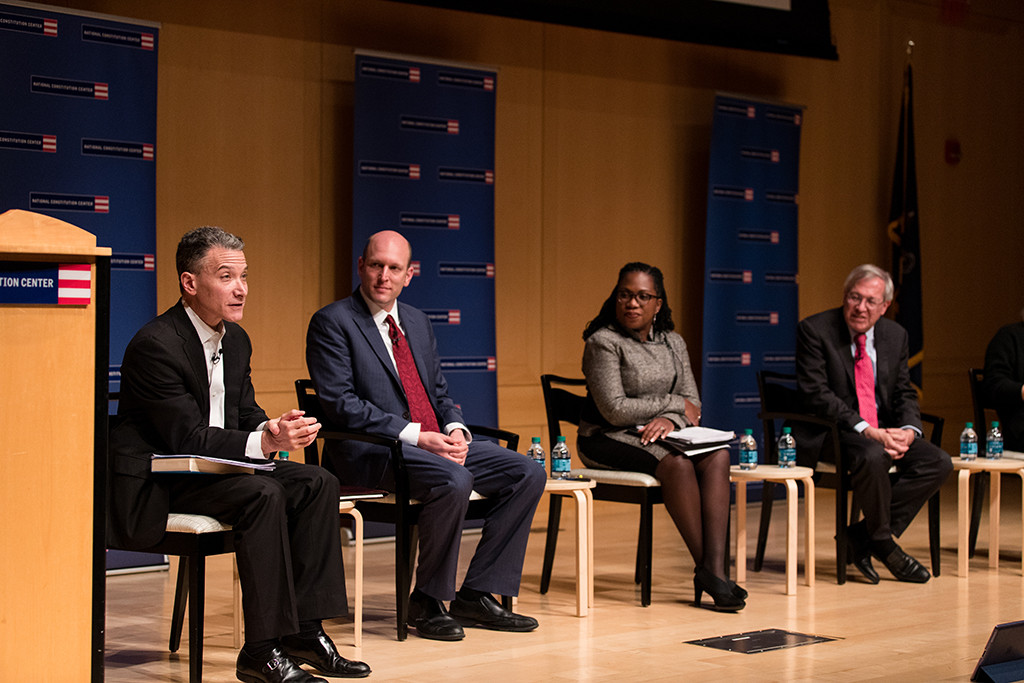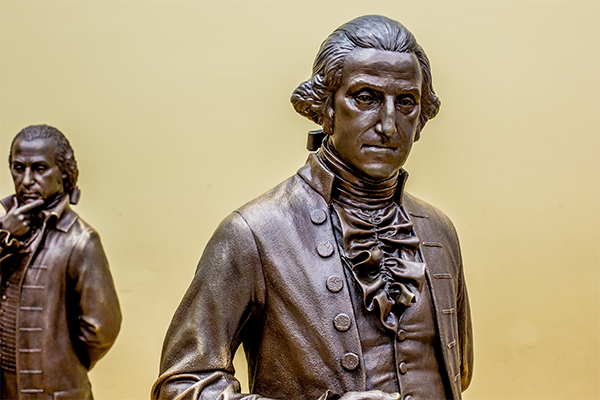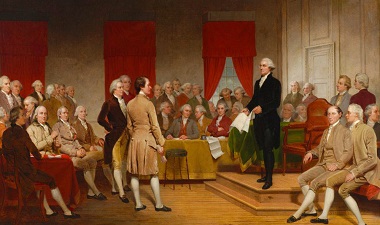A big win from Ted Cruz on Tuesday night in Wisconsin has fueled even more talk of a contested Republican convention in July. Here is how the numbers break down for the rest of the GOP primaries and what could happen if no one is the nominee heading into Cleveland.

Before voting started in Wisconsin, the overseas betting markets apparently took a Cruz win into account. Information from Betfair, a predictive market, had Cruz with an 83% chance of taking Wisconsin as of early Tuesday.
Those numbers factored into two important numbers from Betfair: It had Trump with a 47% chance of getting the nomination in any scenario, his lowest showing in about two months. And on Monday, Betfair believed there was an 80% chance of a contested convention in Cleveland.
To be sure, there weren’t a lot delegates at stake in Wisconsin for the Republicans: a total of 42 delegates, or 5 percent, of the 811 delegates left in the race. But as Wednesday morning, estimates were that Cruz took 36 of the 42 delegates in Wisconsin.
So far, Trump has 759 delegates, or 44.5 percent of the delegates selected. Ted Cruz has 514 delegates, while John Kasich has 144 delegates. As of yesterday, the Republicans have selected 71 percent of convention delegates; by the end of April, that share will be up to almost 80 percent.
Although Trump is expected to do well in the remaining April primaries such as New York, Pennsylvania and Maryland, how well he does before June 7 will fuel or quite the contested convention talk.
If three GOP candidates remain viable, the nomination could come down to the June 7th primaries, when California, New Jersey and two other states pick delegates in winner-take-all races.
With Trump needing 1,237 delegates for the nomination, if he can take all of New York’s delegates, and 50 percent of the other delegates in April, May and June, he would have roughly 1,212 delegates in July. He needs 1, 237 delegates for a first-ballot victory.
The website FiveThirtyEight.com polled six delegate-counting experts for an interactive Trump Delegate Calculator project. The consensus was that Trump would have 1,201 delegates before the party’s convention starts in July – not counting 125 uncommitted delegates. However, these calculations were published back on March 21. (In their analysis, the experts expected Trump to get 25 delegates in Wisconsin, not the six he is expected to receive.)
Another big factor is the group that makes the rules at the GOP convention in Cleveland. Under rules changes made after 2012, a candidate needs to have the majority of delegates in eight states to have her or his name placed in nomination for the first ballot. The rules committee might change that rule, known as Rule 40, to allow additional candidates such as Kasich.
Bloomberg View columnist Jonathan Bernstein points out that Trump and Ted Cruz representatives on the rules committee could work together to block Kasich on the first ballot. But without a first-ballot winner, the GOP convention will bean open convention, for the first time since 1952, and other candidates could appear on subsequent ballots.
“Ultimately, a majority of the delegates backed by the convention chairman can do whatever they want,” says Bernstein. The chairman of this year’s convention is Representative Paul Ryan, the 2012 Vice Presidential nominee and rumored dark-horse candidate.
Recent Stories on Constitution Daily
Constitution Check: What does “one-person, one-vote” mean now?Constitution Check: Is Ted Cruz’s eligibility for the presidency a serious issue?What really killed the first President to die in office?





